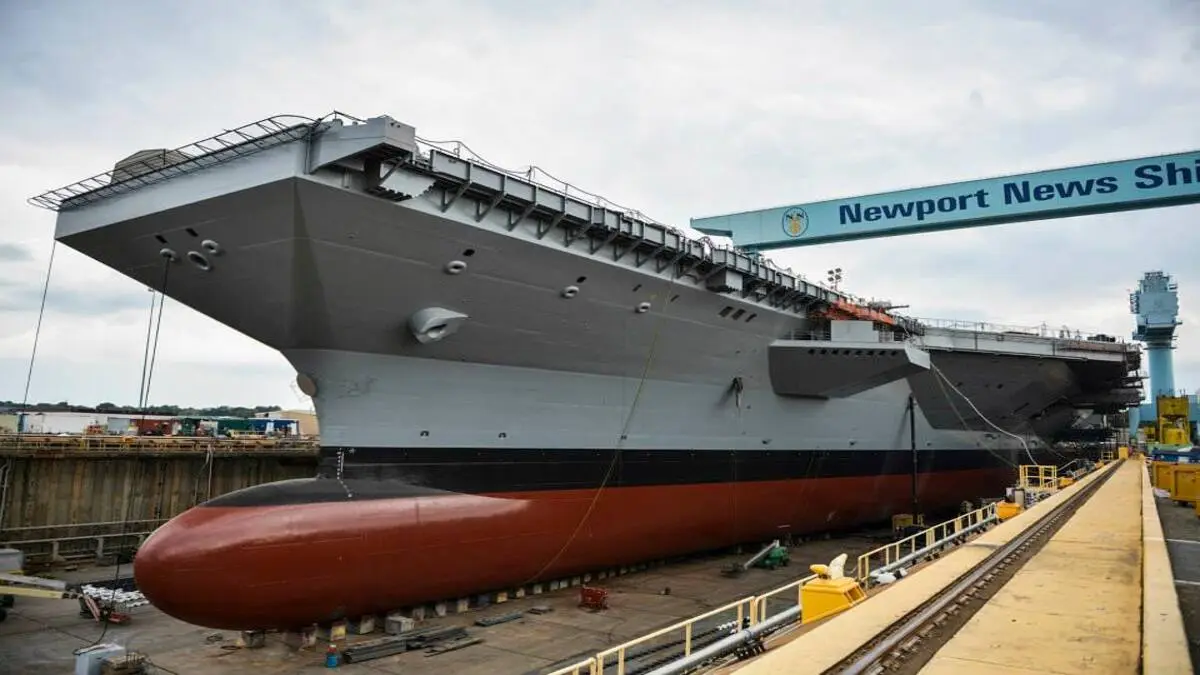“(WASHINGTON) – Defense Secretary Pete Hegseth and Air Force Gen. Dan Kane, the chairman of the Joint Chiefs of Staff, appeared before the Senate Appropriations Committee this week and advocated for key elements of the Defense Department’s proposed fiscal year 2026 budget. The administration’s request outlines billions in discretionary defense funding, including for Navy shipbuilding, nuclear deterrence modernization, and enhanced air and missile defenses — including the long-running Golden Dome program in Israel.
Hegseth presented the request as both a “strategic necessity and a generational investment,” arguing that the U.S. global posture depends on expanding its maritime presence and strengthening deterrence capabilities amid an increasingly competitive international order.
“The world is watching how we prioritize freedom of navigation, alliance defense, and missile resilience,” he said. “This budget puts the right tools in the right theaters “
A large part of the funding proposal is to strengthen America’s shipbuilding capacity, with Hegseth citing planned investments in Columbia-class ballistic missile submarines and future guided-missile destroyers. Lawmakers were told that increased shipyard capacity is necessary to counter dynamic threats from adversaries like China, whose navy is outpacing U.S. production in both quantity and modernization.
In parallel, the FY 2026 request calls for major upgrades to the U.S. nuclear triad — specifically to replace aging land-based ICBMs and extend the lifespan of existing weapons through the Department of Energy’s National Nuclear Security Administration. Kane addressed concerns from skeptical senators, noting that nuclear deterrence remains “the cornerstone of strategic stability.”
“Without a credible nuclear umbrella,” he added, “our conventional forces are more becomes vulnerable, and our allies are less likely to be aware of our commitments.” “One international issue that has drawn attention is the continued funding of Israel’s Golden Dome missile defense system. The proposal allocates more than $600 million for cooperative development and sustainability of the system, which has played a critical role in deterring missile threats from Iranian-backed groups in the region. While some senators questioned the size of the allocation, Hegseth defended it as “a cost-effective level of defense that saves lives and stabilizes allies.”
While the hearings saw bipartisan acknowledgment of growing defense challenges, some lawmakers raised concerns about cost trade-offs, including the balance between new purchases and the maintenance of legacy systems. Others raised questions about the timeline and capacity of the industrial base to meet ambitious production goals.
Still, the message from Pentagon leadership was clear: Meeting tomorrow’s threats requires investment today. “Whether in a shipyard, silo, or allied missile network, the FY2026 request aims to send a signal of readiness, resolve, and reach.”
Also Check: Israeli Airstrikes Hit Iranian Military Facilities in Major Escalation – Air Force News








Leave a Reply